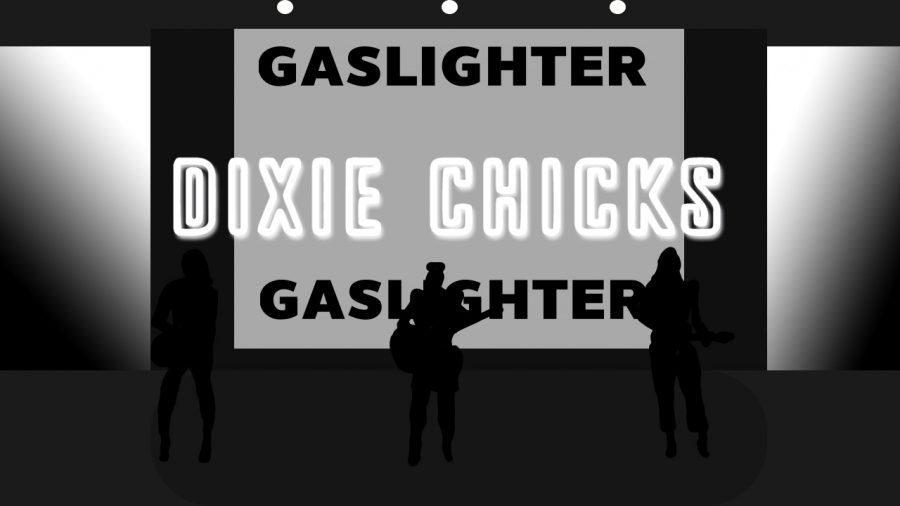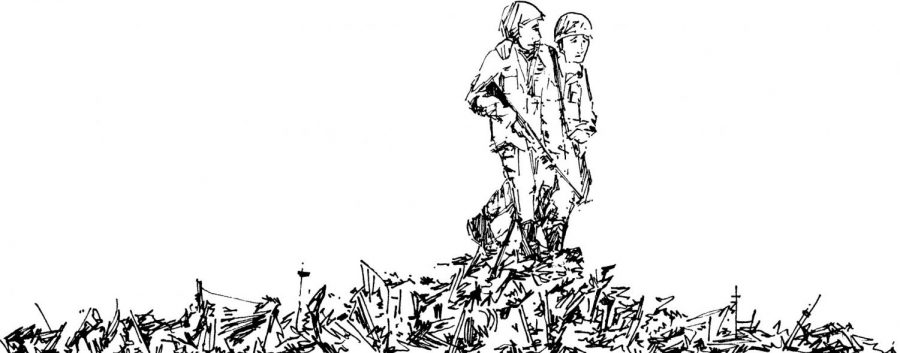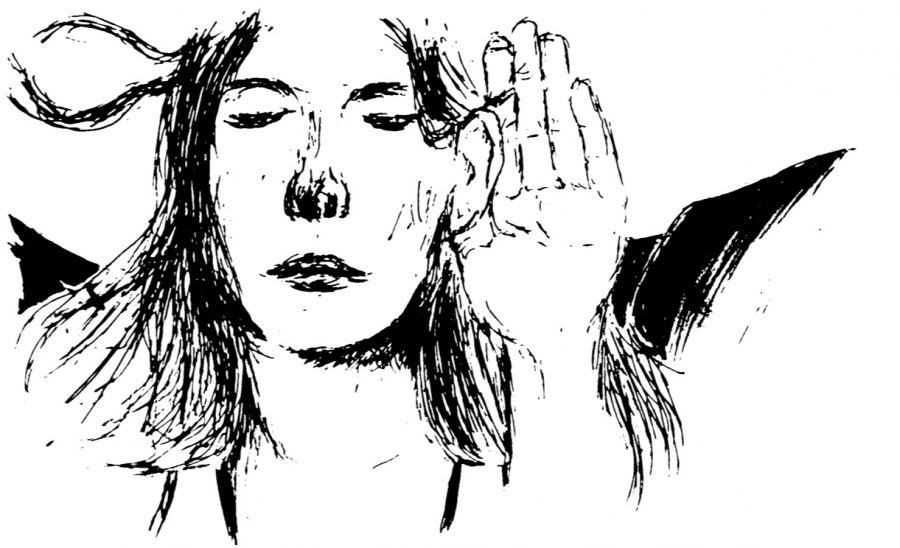District 9
With the ecstasy of a sixth grader in front of his favorite comic book and the allegorical wherewithal of a college professor, Director Neill Blomkamp has birthed a cinematic sci-fi treasure that, far from another clichéd iteration of the what-will-happen-to-us question, is as multilayered as it is variegated.
The film’s modest opening scene, in which Wikus van de Merwe (Sharlto Copley) explains his workplace in documentary fashion, provides a chilling introduction to the backstory of “District 9”: a spacecraft stalled for about twenty years ago over the city of Johannesburg leaving the aliens inside malnourished and stranded. The aliens were rescued and placed in a refugee camp, giving the film its title, which soon turned into a shantytown––called imijondolos in South Africa. The MNU (Multinational United; envision a fearmongering, trigger-happy NATO) now wants to relocate the anthropodesque aliens to District 10, what Merwe would later call, “concentration camps.”
The first 40-some odd minutes of “District 9,” certainly the richest fraction of the film, are experienced through a documentary-style montage of arresting, seemingly indiscriminate scenes of Merwe and his cohort serving eviction notices to the flavela-ridden aliens. These scenes are resourcefully spliced with several interviews from people close to Merwe, either professionally or personally.
Here, the many layers of symbolic interpretation become apparent: the immigration debate, the treating of non-humans (though they may still be homo sapiens), corporate influence on government, ad infinitum. That “District 9” can be read as an allegory of apartheid South Africa goes without saying. It is, more importantly, an indictment of our many faults that, going unrecognized, may well ripen into situations far more deleterious than that that ravished the southern cone of Africa for the last half of the twentieth century.
Inglourious Basterds
Quentin Tarantino’s latest blood bath, artistically licensed “Inglourious Basterds,” takes place in none other than Nazi-occupied France during 1941. The film’s premise, which Eli Roth (playing the role of Staff Sergeant Donny Donowitz aka “The Bear Jew”) described as “kosher porn,” follows two contrastive plots to assassinate the Nazi top brass –– the Führer included.
The first plan is devised by Shoshanna Dreyfus (Mélanie Laurent), a 20-something French-Jewish playhouse owner who escaped her family’s massacre at the hands of SS Colonel Hans Landa (Christoph Waltz) as a teenager. Regrettably in the short term, auspiciously in the long term, she is romantically accosted by Nazi war hero Fredrick Zoller (Daniel Brühl), whose martial accomplishments are cinematically captured in the upcoming propaganda film “Stolz der Nation.” Zoller wants her arthouse to hold the premier, spurring Dreyfus’s plan to burn down the theatre while Landa and other high-ranking German officials are present.
The second plan isn’t really a plan, per se. Rather, it is a sort of guerrilla approach with the goal of wreaking havoc and causing panic within the Third Reich by killing as many Nazis as possible while, of course, acquiring desired intelligence along the way. (The ‘Basterds’ engrave a swastika on the forehead of each Nazi who spills any beans instead of killing and scalping them.) The Basterds are a cabal of Jewish-American soldiers who, as Aldo Raine says, are “in the business of killing Nazis.” The group finds out about the film premier through interrogating German double agent and actress Bridget von Hammersmark and, like Dreyfus, see the event as an opportunity to kill lots of Nazis.
Scalping Nazis and plotting to assassinate Hitler, however, only comprise the first, superficial plane of “Inglourious Basterds.” Tarantino saturates his film with self-conscious filmic references, including a brilliant homage to Hitchcock’s “Sabotage.” Tarantino’s dialogue is almost too precise and scenes are stretched to their tensional breaking point (honored this past May at Cannes with a Best Actor award for Christoph Waltz). And, finally, Tarantino has once again mixed and matched genres as if they were articles of clothing. This one was, in his own words, a “spaghetti western with World War II iconography,” borrowing tropes from the “macaroni combat” and Nazi propaganda sub-genres. Apparently, he wants his next film to be about America’s horrible past with slavery. Hopefully it will include a bunch of Klu Klux Klan-killing abolitionists: John Brown, anyone?




